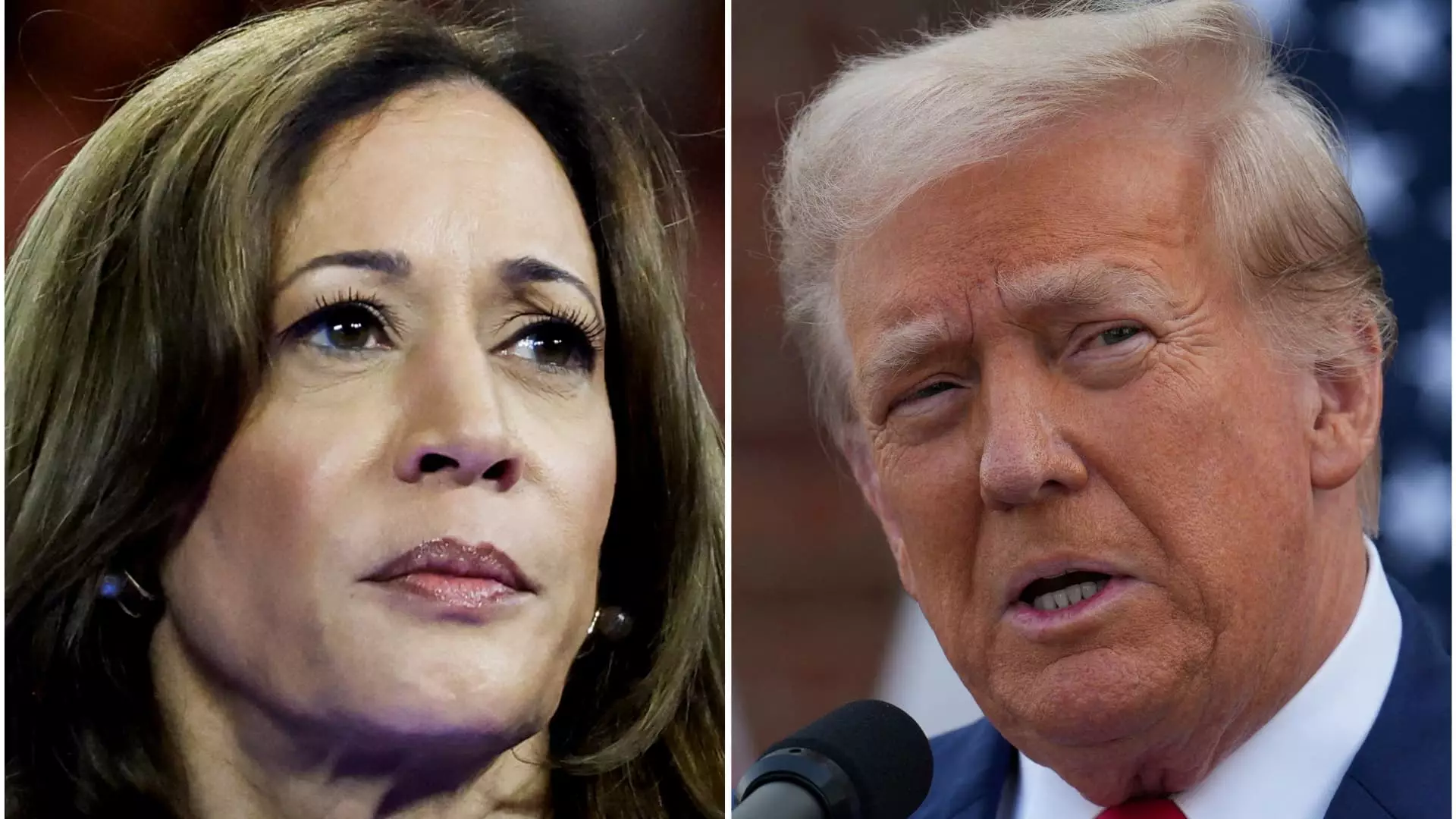As the 2024 election approaches, the focus on capital gains taxes intensifies. Democratic Vice President Kamala Harris has proposed a 28% tax on long-term capital gains for individuals earning over $1 million annually. This is a significant increase from the current rate of 20%. On the other hand, President Joe Biden’s budget for 2025 suggests a 39.6% long-term capital gains tax for those making more than $1 million per year. This discrepancy in proposals highlights the differing approaches within the Democratic Party to tax policy.
Former President Donald Trump, known for his support of tax cuts, has not presented a specific capital gains tax proposal for the upcoming election. However, conservative organizations like The Heritage Foundation have suggested a flat 15% tax rate for capital gains and dividends, along with abolishing the Net Investment Income Tax (NIIT). The lack of a concrete proposal from the Republican side adds to the uncertainty surrounding future tax policies.
Over the years, capital gains tax rates have generally been lower than ordinary income tax rates. The proposed 33% combined rate by Harris would be the highest since 1978, whereas Biden’s plan would raise it to 44.6%. These rates have fluctuated significantly, with the lowest rate of 15% being implemented during Former President George W. Bush’s term. This history of changing tax rates underscores the complexity and volatility of capital gains tax policy.
The unpredictability of capital gains tax rates can have a significant impact on investors’ decisions. Higher rates may lead to investors deferring sales or strategically realizing gains in lower tax brackets. The potential lock-in effect associated with capital gains highlights the need for careful planning and consideration of tax implications. Individuals must navigate the changing tax landscape to optimize their investment strategies and financial goals.
The differing proposals for capital gains tax rates in the 2024 election underscore the broader debate over tax policy and economic priorities. While Democrats advocate for higher rates on top earners to promote fiscal equity, Republicans prioritize tax cuts and simplification of the tax system. The uncertainty surrounding future tax policies emphasizes the need for investors to stay informed and adapt to evolving regulations. As the election approaches, the impact of capital gains tax changes will undoubtedly be a key consideration for investors and financial professionals alike.

Leave a Reply